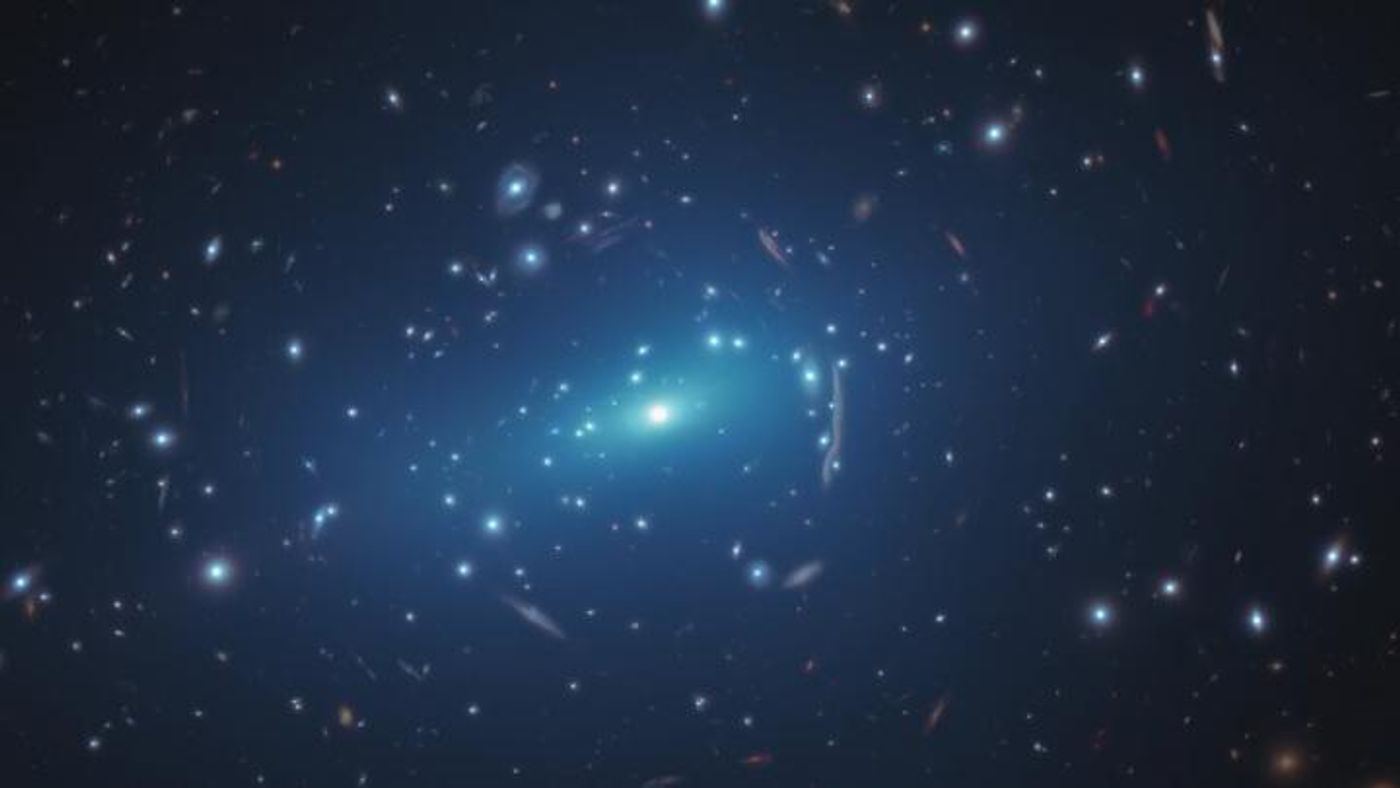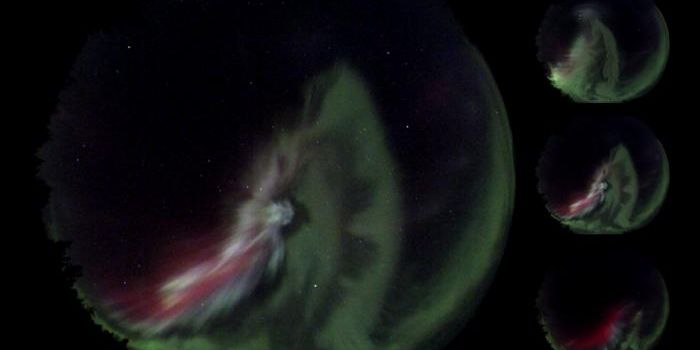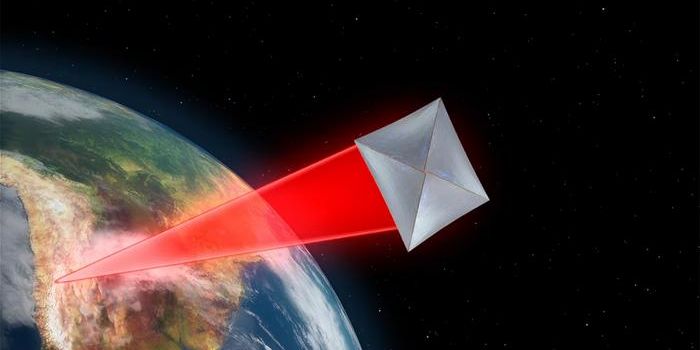A Missing Piece of the Dark Matter Puzzle
Most matter and about a quarter of the mass-energy in the universe is thought to be made of dark matter, but we still don't know what the stuff is and can't detect it. We do know that it holds the stars, gas, and dust in galaxies together, and though it does not interact with known particles or emit light, it exerts a gravitational pull on the matter in space. Dark matter is scattered throughout the universe, and collects in places called galaxy clusters. Gravity holds these massive clusters together, each may contain a thousand individuals galaxies or more, and the majority of the clusters' mass may be held in dark matter.
Using images from NASA's Hubble Space Telescope and spectroscopy from the European Southern Observatory's Very Large Telescope, scientists have now created several dark matter maps. They identified massive galaxy clusters, and their associated dark matter is much more concentrated than theorists had predicted. The findings, which have been reported in Science, may indicate that current theories about dark matter are missing something important.
"There's a feature of the real universe that we are simply not capturing in our current theoretical models," noted senior study author and astrophysicist Priyamvada Natarajan, a professor of astronomy and physics at Yale. "This could signal a gap in our current understanding of the nature of dark matter and its properties, as this exquisite data has permitted us to probe the detailed distribution of dark matter on the smallest scales."
The distribution of dark matter can be mapped in a galaxy cluster by analyzing how the galaxy's light is bending, which is called gravitational lensing. This creates a distortion in whatever is viewed in the background, like a funhouse mirror. When dark matter concentrations are higher, there is a greater degree of lensing. In this study, the lensing effects were ten times greater than they were expected to be.
"To me personally, detecting a gnawing gap -- a factor of 10 discrepancy in this case -- between an observation and theoretical prediction is very exciting," Natarajan said. "A key goal of my research has been testing theoretical models with the improving quality of data to find these gaps. It's these kinds of gaps and anomalies that have often revealed that either we were missing something in the current theory, or it points the way to a brand-new model, which will have more explanatory power."
"We have done a lot of testing of the data in this study, and we are sure that this mismatch indicates that some physical ingredient is missing either from the simulations or from our understanding of the nature of dark matter," said lead study author Massimo Meneghetti of the INAF-Observatory of Astrophysics and Space Science of Bologna in Italy.
The team did not only find distant galaxies to be dramatically elongated by the gravitational lensing, but they also saw distortion nesting at the core of the clusters, where massive galaxies are often found. The researchers suggested hat the nesting is generated by the gravitational power of dense concentrations of matter in the individual galaxies. They used spectroscopic observations to measure the velocity of the stars inside several of the cluster galaxies to determine their masses.
"The data from Hubble and the VLT provided excellent synergy," shared team member Piero Rosati of the Università degli Studi di Ferrara in Italy, who led the spectroscopic aspect of the study. "We were able to associate the galaxies with each cluster and estimate their distances."
"The speed of the stars gave us an estimate of each individual galaxy's mass, including the amount of dark matter," added team member Pietro Bergamini of the INAF-Observatory of Astrophysics and Space Science in Bologna, Italy.
"The results of these analyses further demonstrate how observations and numerical simulations go hand in hand," said team member Elena Rasia of the INAF-Astronomical Observatory of Trieste, Italy.
"With high-resolution simulations, we can match the quality of observations analyzed in our paper, permitting detailed comparisons like never before," added Stefano Borgani of the Università degli Studi di Trieste, Italy.
Sources: AAAS/Eurekalert! Via Yale University, ESA/Hubble Information Centre, Science









